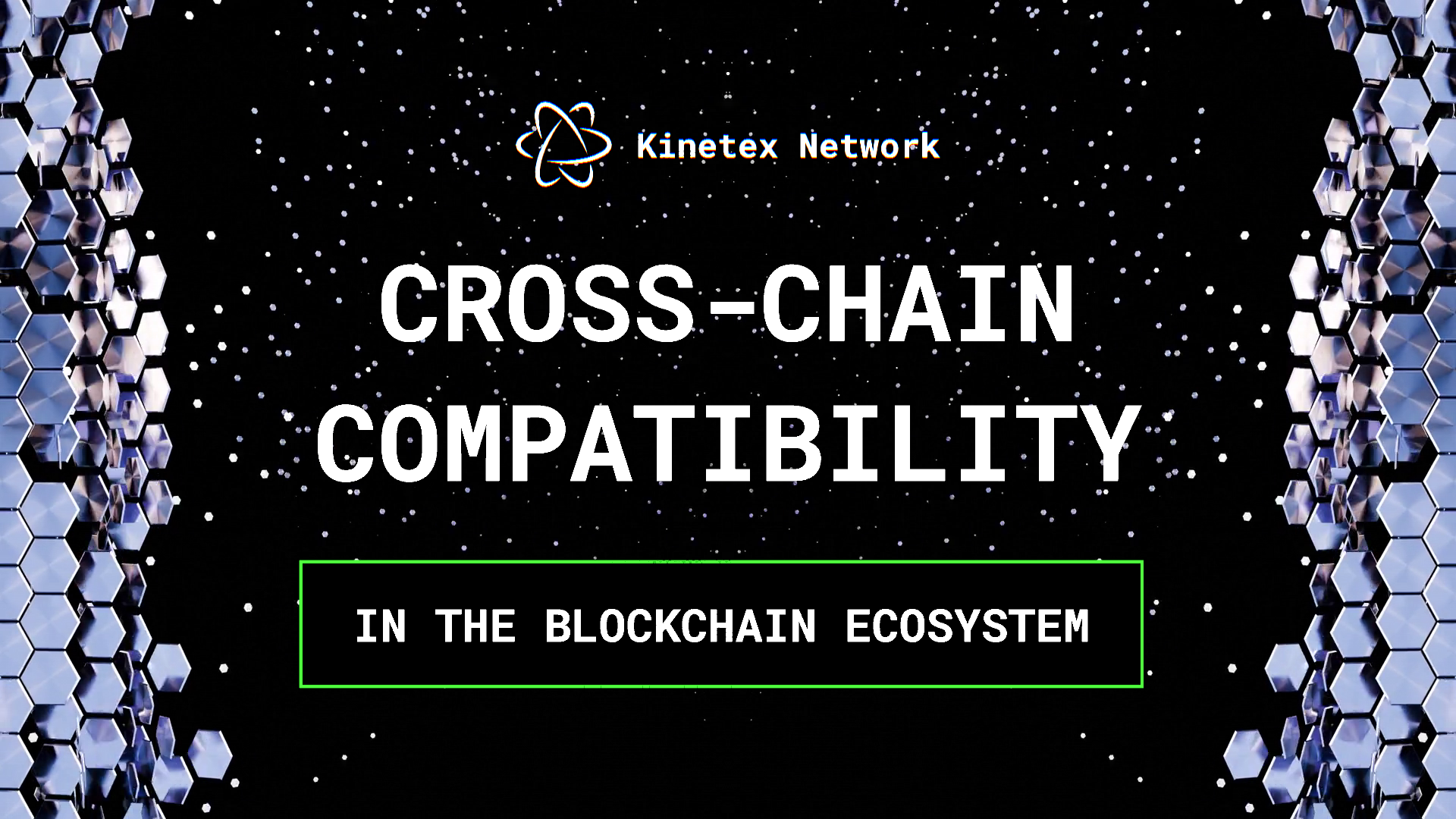
Dubai, UAE, 10th September 2024, Over the last fifteen years, the blockchain landscape has undergone colossal changes, evolving from solely Bitcoin, the industry’s pioneer, to a diverse range of blockchains, each possessing unique features, capabilities, and use cases. However, the expansion of a number of chains has led to fragmented ecosystems with limited interoperability. This has created a growing need for cross-chain compatibility, a critical factor in realizing the full potential of the crypto industry.
The Term Explained
Cross-chain compatibility is often confused with cross-chain interoperability, so let’s first distinguish between these terms. Cross-chain compatibility refers to the capacity of different blockchains to understand and process each other’s information. Cross-chain interoperability involves the capability of various blockchains to engage with each other through specially designed blockchain interoperability protocols. Thus, it takes communication between chains to the next level by enabling intricate interactions such as atomic swaps and complex cross-chain smart contracts. Such developments allow users to make the most of the strengths of different blockchains within a single, unified ecosystem.
The Significance of Cross-Chain Compatibility
The strengthening of cross-chain compatibility is paramount for the future of the blockchain sector, affecting it in several ways. Firstly, compatibility helps to do away with isolated systems. Currently, many blockchains operate as closed systems, limiting their utility and collaboration ability. For example, an Ethereum-based dApp cannot naturally make use of the capabilities of another blockchain like Bitcoin without resorting to third-party solutions. By enabling cross-chain compatibility, these barriers between ecosystems are dismantled, allowing dApps and protocols to tap into the broader range of resources and services available across the blockchain industry.
Secondly, interoperability improves asset availability. Currently, assets are mainly confined within their respective blockchains, limiting their movement and utility. By enabling more seamless and cost-efficient cross-chain asset transfers, compatibility helps facilitate a more dynamic and opportunity-full financial ecosystem.
Thirdly, compatibility significantly affects user experience. Engaging with several blockchain networks can be overwhelming and too complex for the average user, not to mention novices. Cross-chain compatibility enhances user experience by providing more straightforward swapping and other processes that constitute interactions with multiple chains. This can greatly reduce entry barriers, making crypto and associated services more understandable and user-friendly to a broader audience.
Finally, compatibility promotes the ability of different blockchains to work together, which in turn encourages the development of new ideas. By leveraging the strengths of different blockchains, solutions, and products, developers can build a new generation of more effective and adaptable applications. This cooperative approach accelerates the development of innovative solutions and platforms that are impossible within a single blockchain system and thus aids in pushing the industry’s development further.
Look into the Future
As shown above, cross-chain compatibility is crucial for the future of the blockchain industry. However, it presents its own set of challenges that may obstruct its successful implementation. Technical barriers, including varying consensus mechanisms, transaction models, and programming languages, are among the most pressing issues that need to be explored and resolved. Furthermore, security concerns, such as the vulnerability of many cross-chain solutions, particularly bridges, add another layer of complexity to ensuring strong compatibility.
Conclusion
The ability for blockchains to work together is not just excellent to have; it is essential for the future of the blockchain ecosystem and its sustainable proliferation. Along with interoperability, it helps enable new levels of usefulness, effectiveness, and creativity within the blockchain landscape. As the industry continues to change, solutions that allow blockchains to work together will be vital in creating a more connected and cooperative digital world, ultimately encouraging the widespread use of blockchain technology and crypto assets. Achieving full compatibility may be complicated, but the advantages it brings make it a goal worth pursuing.
Kinetex Network: Website | Kinetex dApp | Blog
